Growing Emphasis on Worker Safety
The Wind Energy Rescue System Market is witnessing a growing emphasis on worker safety, which is becoming a pivotal driver for market expansion. As the number of wind energy installations increases, so does the need for effective rescue systems to protect personnel working at heights and in hazardous conditions. Companies are recognizing that investing in robust rescue systems not only mitigates risks but also enhances their reputation and operational efficiency. Recent statistics indicate that organizations prioritizing safety measures experience a 30% reduction in workplace accidents. This trend is prompting investments in training programs and advanced rescue technologies, which are projected to increase by 20% in the coming years. The heightened focus on safety is likely to propel the demand for innovative rescue solutions, thereby shaping the future of the wind energy rescue system market.
Increased Investment in Renewable Energy
The Wind Energy Rescue System Market is benefiting from increased investment in renewable energy sources, particularly wind energy. As countries strive to meet their renewable energy targets, there is a corresponding rise in the number of wind farms being developed. This expansion necessitates the establishment of effective rescue systems to ensure the safety of workers involved in these projects. Recent reports suggest that investments in wind energy are expected to reach USD 200 billion by 2027, creating a substantial market for rescue systems. The influx of capital into the wind energy sector is likely to drive innovation and the adoption of advanced rescue technologies, further enhancing the safety and efficiency of operations. Consequently, the growth in renewable energy investments is anticipated to have a positive impact on the wind energy rescue system market.
Regulatory Compliance and Safety Standards
The Wind Energy Rescue System Market is significantly influenced by stringent regulatory compliance and safety standards imposed by various authorities. Governments and regulatory bodies are increasingly mandating the implementation of comprehensive rescue systems to ensure the safety of workers in wind energy facilities. This regulatory landscape compels companies to invest in advanced rescue technologies and training programs, thereby driving market growth. For instance, the introduction of new safety regulations in several regions has led to a marked increase in the adoption of specialized rescue equipment. As a result, the market is expected to witness a steady growth trajectory, with an estimated increase in compliance-related expenditures by 15% over the next few years. This focus on regulatory adherence not only enhances worker safety but also fosters a culture of accountability within the wind energy sector.
Public Awareness and Demand for Safety Solutions
The Wind Energy Rescue System Market is increasingly influenced by public awareness regarding safety solutions in the renewable energy sector. As communities become more informed about the risks associated with wind energy operations, there is a growing demand for effective rescue systems to protect workers. This heightened awareness is prompting companies to prioritize safety measures and invest in advanced rescue technologies. Surveys indicate that 70% of the public supports stricter safety regulations for wind energy operations, which is likely to drive market growth. Furthermore, as consumers and stakeholders advocate for safer working conditions, companies are compelled to enhance their rescue capabilities. This trend is expected to result in a 25% increase in the adoption of safety solutions within the wind energy sector over the next few years, thereby shaping the future landscape of the wind energy rescue system market.
Technological Advancements in Wind Energy Rescue Systems
The Wind Energy Rescue System Market is experiencing a surge in technological advancements that enhance the efficiency and safety of rescue operations. Innovations such as automated drones and advanced communication systems are being integrated into rescue protocols, allowing for quicker response times during emergencies. The adoption of smart technologies, including real-time monitoring systems, is also becoming prevalent, enabling operators to assess risks and deploy rescue teams more effectively. According to recent data, the market for rescue technologies is projected to grow at a compound annual growth rate of 8.5% over the next five years, indicating a robust demand for improved safety measures in wind energy operations. These advancements not only improve operational efficiency but also contribute to the overall safety of personnel working in wind energy environments.


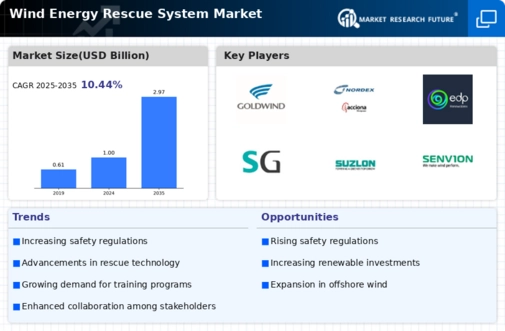
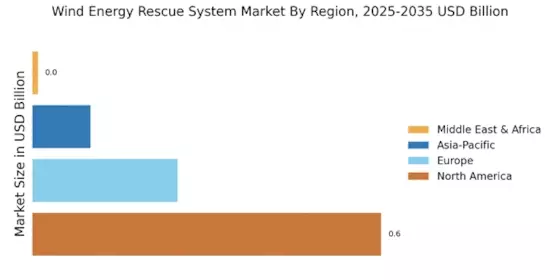
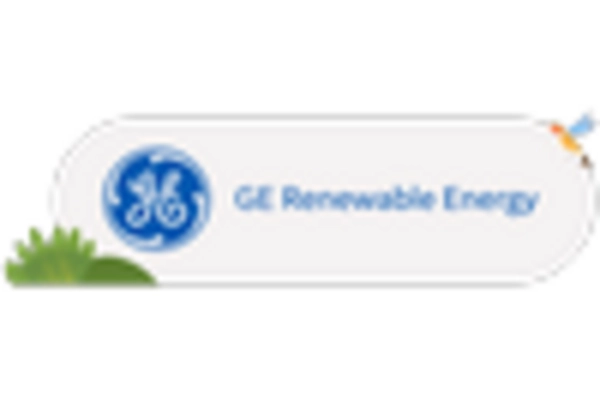
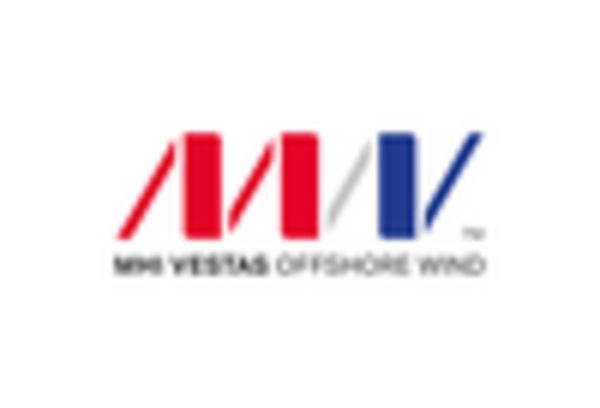

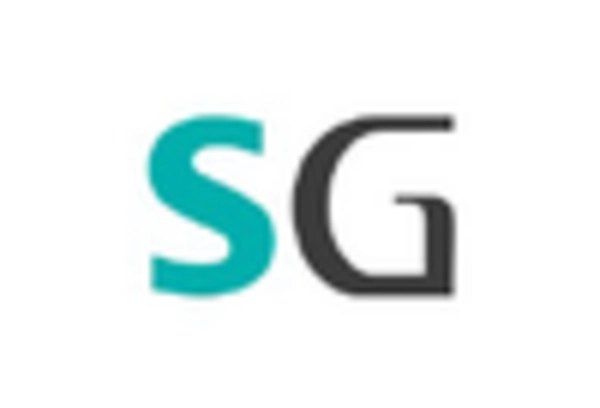

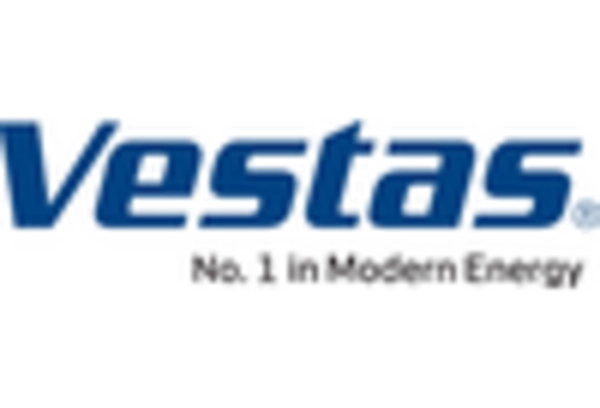








Leave a Comment